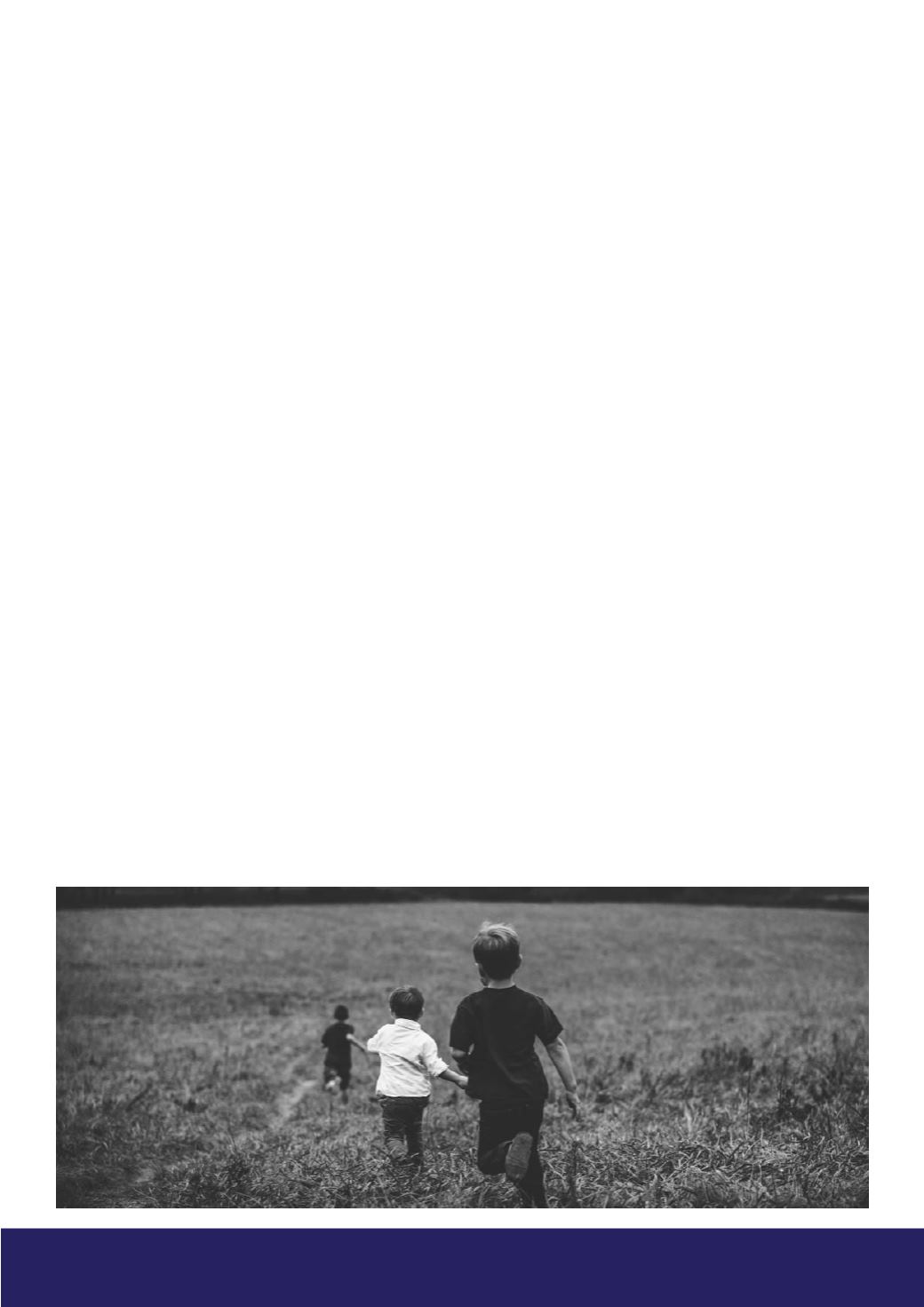
6
ISSUES: Racial & Ethnic Discrimination
Chapter 1: Racism & discrimination
Work and standard of living
In 2011, Gypsy or Irish Travellers had
the lowest recorded economic activity
in England and Wales (47% compared
with 63%). The most common reason
given for those whowere economically
inactive was looking after the home or
family (ONS, 2014). Over half of those
who were economically active were
employed, and high proportions were
looking for work (20% compared
with 7% for all adults in England and
Wales) or were self-employed (26%
compared with 14%). Roma were often
in low-paid waged employment, faced
discrimination in employment agency
work, and worked informally for ‘cash
in hand’ work (Ryder and Cemlyn,
2014).
The Government placed responsibility
for the provision of Gypsy and Traveller
sites in England with local authorities,
on the basis that local authorities were
best placed to assess the needs of
their communities. The Government
provided funding from 2011 to 2015
as part of the Affordable Homes
Programme for the provision of new
and refurbished Traveller sites, and
gave incentives to local authorities
through the New Homes Bonus
Scheme to provide new housing,
including Traveller sites.
However, some local authorities are
reluctant to provide new sites or
refurbish existing ones, and Gypsies
and Travellers face difficulties when
applying for planning permission for
private sites (Advisory Committee
on the Framework Convention for
the Protection of National Minorities,
2011). In a recent legal case the
Secretary of State for Communities
and Local Government was found to
have acted unlawfully in Gypsy and
Traveller planning applications on
green belt land in England, in breach
of the Equality Act 2010 and of Article
6 (Moore & Coates v SSCLG [2015]
EWHC 44).
There is a twice-yearly count of
Traveller caravans, which takes place
in January and July. Since 2010, the
number of Traveller caravans on
unauthorised sites has decreased. The
number on authorised private sites
has increased and on socially rented
sites has remained relatively stable.
In January 2015, 20,123 Traveller
caravans were counted in England:
6,867 (34%) on socially rented
sites and 10,585 (53%) on privately
rented sites, with the remainder on
unauthorised sites (DCLG, 2015).
Health
Compared
with
the
general
population, Gypsies and Travellers
are more likely to suffer bad health.
This includes lower life expectancy,
high infant mortality rates, high
maternal
mortality
rates,
low
child immunisation levels, higher
prevalence of anxiety and depression,
chronic cough or bronchitis (even
after smoking is taken into account),
asthma, chest pain and diabetes
(DCLG, 2012), and higher rates of
smoking (Aspinall and Mitton, 2014).
This is exacerbated by the fact that
many Gypsies and Travellers remain
unregistered with GPs (RCGP, 2013).
In 2011, 14.1% of Gypsies and Irish
Travellers in England and Wales
rated their health as bad or very bad,
compared with 5.9% of White British
and 9.2% of White Irish people (ONS,
2013).
While the variability in general health
among different ethnic groups can
sometimes be explained by an older
age profile, this is not the case for
Gypsies and Irish Travellers, of whom
only 6% were aged 65 and above
in 2011 and who had a low median
age of 26 (ONS, 2014). Improved life
expectancy of Gypsy and Traveller
communities appears to be associated
with the availability of established site
provision and access to medical care
(Cemlyn et al., 2010). A recent report
for the Department of Health noted
that accommodation insecurity, the
conditions of Gypsies’ and Travellers’
living environment, low community
participation and discrimination all
play key roles in exacerbating these
poor health outcomes (The Traveller
Movement, 2016). It suggested that
these factors also hold the key to
effectively addressing and improving
health and well-being. It called for
long-term, joined-up working at both
local and national level to address the
wider social determinants of Gypsies’
and Travellers’ ill-health.
There is emerging evidence that health
inequalities of Roma people are similar
to those identified among Gypsies and
Travellers, including a high prevalence
of diabetes, cardiovascular disease,
premature
myocardial
infarction,
obesity, asthma and mental health
issues such as stress, anxiety and
depression (EC, 2014). Poor familiarity
with
healthcare
provisions
and
language barriers may make it difficult
for them to access health services (EC,
2014; Lane et al., 2014). Cultural norms


